I love flexible fashion designs!
It’s moody, practical, versatile, and sustainable. But style is style, and if you can’t find what you like here at Effy By Design, we tried to sum up all you need to help you craft and create your own! And to start this series, we will go over the most basic technique of flexible fashion designs: two-sides reversible.
Two-Sides Reversible Scorecard
Potential
- All projects
- Generally limited to two looks
- Modify color & texture
- Need to take off clothing to change look
Crafting
- Relatively easy
- Few structural constraints
- No special skills required
Sustainability
- Generally use more fabric, up to twice
Introducing: Reversible clothing
Two-sides reversible is the most straightforward way to bring flexibility into a fashion design. It’s in the name, it consists in creating clothing or accessories that can be reversed, with two different styles, one on each side. Think ping-pong racket: one side is red, you turn, and the other is black…
Some basic products from the textile industry are inherently two-sided, such as scarfs, napkins… or even tablecloths and bed sheets, so this approach is relatively wide spread. Now when it comes to women wear, two-sides reversible is the easiest way to bring a new dimensions to any garments. Skirts, dresses, cardigans, capes, pants or coat, basically everything can be made reversible without too much complexity.
Where to start?
Whether you start from existing patterns made especially for reversible clothing, or draft your own; once you have decided on the aesthetic you’re after, you have to consider very early in the process two key factors: 1. your material approach (single or dual) and 2. the closing mechanisms.
More than for normal clothing design, these two must be decided very early in your creative process, because they will define construction and impact pattern design. So let’s go through them…
Single material vs. Dual materials
First, you need to choose between a single material with two right sides (such as the one we used for our bag collections on the left, and materials that are already the result of two glued layers), or two different materials sewn together (such as the ones on the right used for the Lavatera set).
Factors to consider:
- Complexity: Using two different materials simplifies designing and crafting. You can think of the second material as a “wearable” lining. And as such, you can easily sandwich darts or seams between two layers, resulting in neat finishing on both sides only using basic sewing techniques.
- Availability: Good two-sided materials are harder to find. They tend to cost more as a result, but since we only use one layer, it is often less costly overall. Aesthetic aside, you also need to consider the material properties that the project requires. For projects such as skirt or dress, the material will likely be in direct contact with the skin, while also facing the outside world depending on the side it is worn. So the fabric will have to be both gentle yet strong and resistant.
- Weight & Thickness: One two sided material generally weight less and is thinner than having two materials. So when you multiply this on larger projects such as dress or coat, the dual material approach can become too heavy for comfortable wear. Meanwhile, dual materials that are too thick could create rucks that can become ugly if your design or pattern relies too much on fitting curves. Both can be avoided if you select two-sided material, or very light yet resistant dual materials.
For smaller projects closer to the body (such as skirt or top), I personally prefer using a two materials approach. For larger projects, or projects not in contact with the skin, I prefer using the single material approach.
Closing Mechanisms
Unlike traditional fashion designs, two-sides reversible clothing must have a closing mechanism that is practical, doesn’t feel uncomfortable, and still look good on both side.
Available options:
- Buttons: Easy to implement. Simply double buttons, one on each side of the fabric, so that the garment can be reversed and buttoned properly. Both buttons should be roughly the same dimensions to fit in the opening, but shape and style can be different to match different side. However, for project more fitting and closer to the skin, beware the overall size and shape of the button to use, just to make sure it doesn’t become uncomfortable when wearing on the inside.
- Zipper: Easy to implement on dual material, however, you will need to find reversible zipper head that can be switched. Here again, for fitting project closer to the kin, beware the size and shape of the zipper head.
- Hooks / Press-on buttons: Less practical since you will have to double both ends of the mechanism. So double the trouble.
- Rings / Buckles / Loops / Clamps / Eyelets: One of the easiest and most practical way, that is if the closing is not positioned in a sensitive place. Simply insert rings or loops on one side, and matching clips or belt on the other. Similarly, you can install two range of eyelets on both side with a matching ruban or string to close the garment. However, all these solutions will leave a gap, so if the closing is positioned in a sensitive area, adding a modesty panel that is practical and look good on both side will greatly complicate the design.
- Separated belt: The go-to solution for outwear without the need tight and secure closure.
- Straps & Integrated belt: Easy to implement, comfortable and easy to style. However, alike wrap-around skirt or dress, do not forget to leave a slit so that the belt can go all around. Ex. below on the executive apron.
- Elastic / Casing / Cords: Works wonder for less tailored projects.

Press-on buttons 
Eyelets
The right mechanism depends on your project needs. Does it require a tight and secure closing, like a skirt or bustier, in which case a zipper with dual head might be a better fit; or can it be looser like a cardigan in which case a separated belt works perfectly? Is it close to the body, in which case doubling mechanisms might become uncomfortable? Is is positioned in a sensitive area where a gap would not be acceptable?
So now that you have an idea or the aesthetic you’re after, and have decided on your material approach and closing mechanism (where necessary), then…
What’s next?
Time do get down the drawing board and finalize your concept. Technicalities aside, it’s also time to decide on less structural options that are opened to you with reversible designs. There’s no right or wrong, and at this point it really is about your vision.
Q&A
I’d more than happy to help out or answer any specific queries or issues you might have with a reversible design if you have, either below here on the comments section, or by mail to [email protected].
I’ll keep an open Q&A. Most questions so far are related to how connected both sides should be, so here’s our approach:
Yes. For example on the Executive Apron, the objectives was to have two sides completely invisible from one another; to create two different looks, office (with a buttoned shirt & pencil skirt with belt) & leisure (silk gown). But that required extra care on closing and edges.
That being said, one fun part of reversible is also to tease people about the other side, so it’s always nice to have some hints here and there about the other side. Longer hem, piping, thread color, belt, all are elements that can be used for that.
Piping is a very practical way to hint at the ‘hidden’ side without imposing too much. You can see example of this on the Thriving Hellebore (or the Florescent Violet), with silk piping visible on the teal side.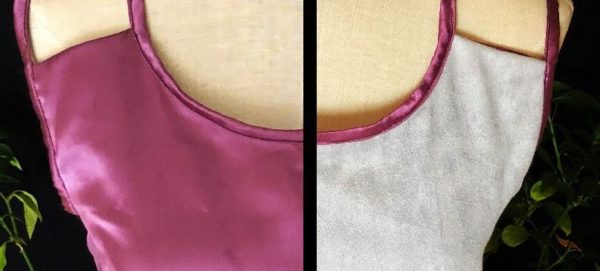
Alternatively, you can use a color and style that matches both sides.
Up to you really, but as a general rule, here at Effy By Design we try to have both sides fitting in the same pattern. It doesn’t mean that both sides have the same pattern, but that both sides pattern’s external dimensions are equivalent. If not, you will have a risk of bulging excessive fabric on one side, that will rumple the other. That being said, once the external dimensions are set, it’s very much possible to have different looks, with different cutting and sewing approach.
Pros & Cons
- Relatively easy to design and create
- Can work on any type of projects, from socks to hats
- Single material require advanced skills to create neat finishes
- Dual materials requires twice the mount of fabric
Gallery

Blooming Lilac Reversible Bustier 
Flowering Lavatera Reversible Top
And for more example other than Effy By Design‘s, you can also check other reversible’s brand listed on flexible fashion brand’s directory.

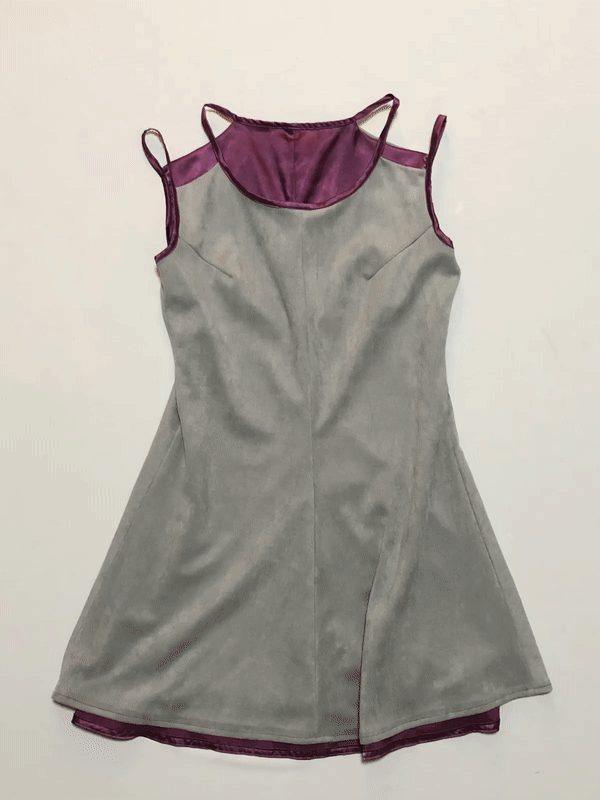
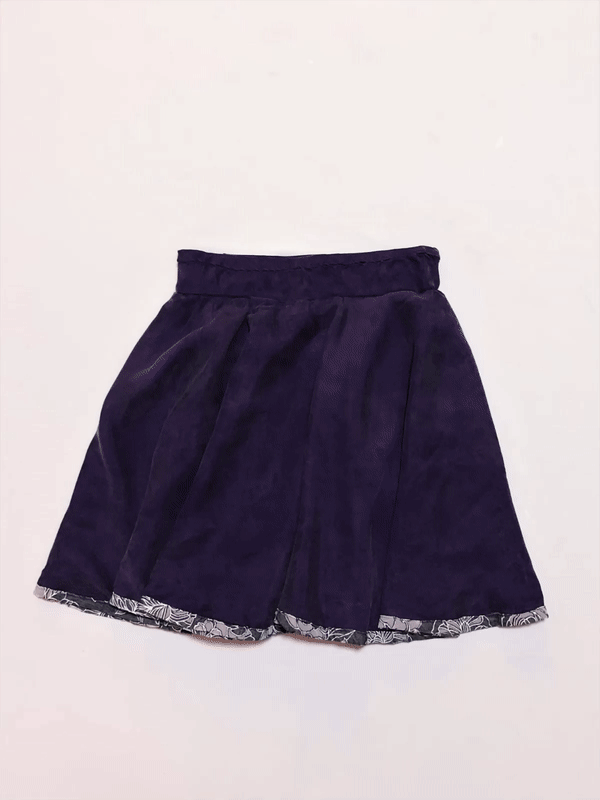

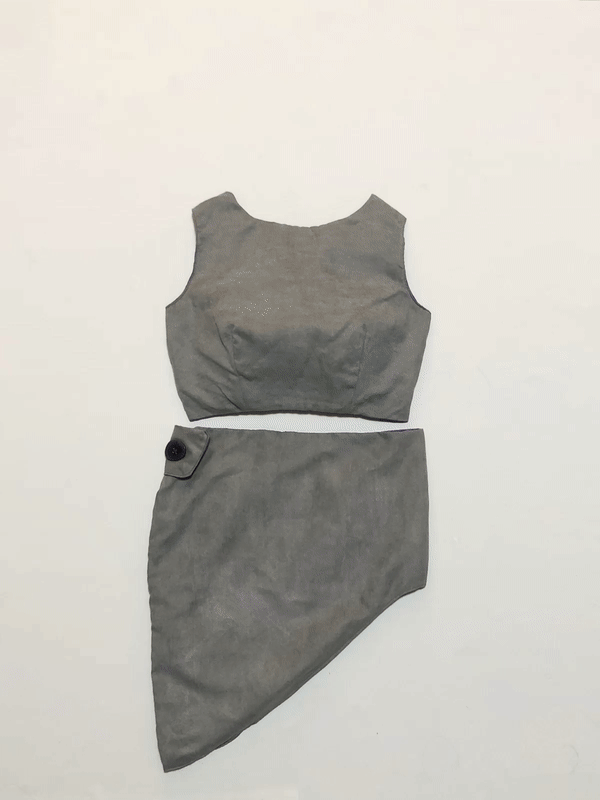
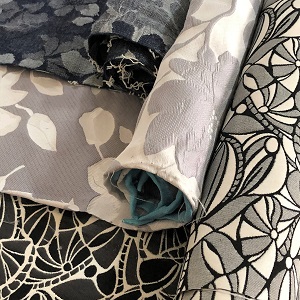
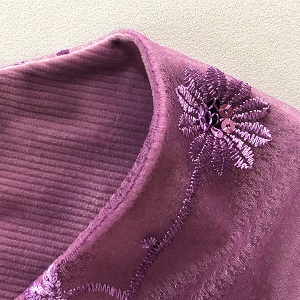
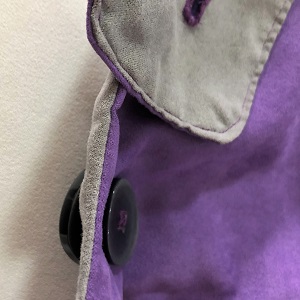
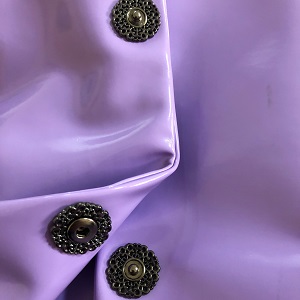
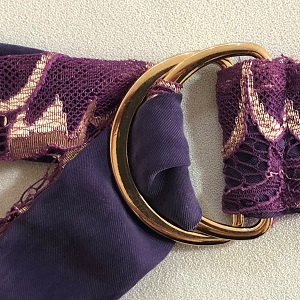
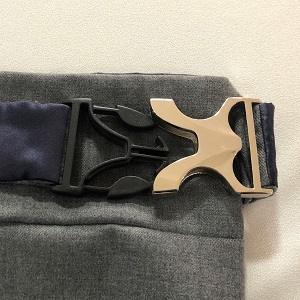
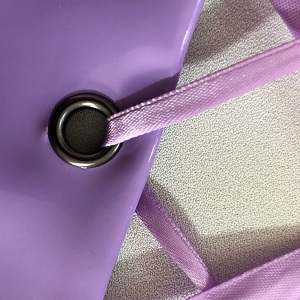

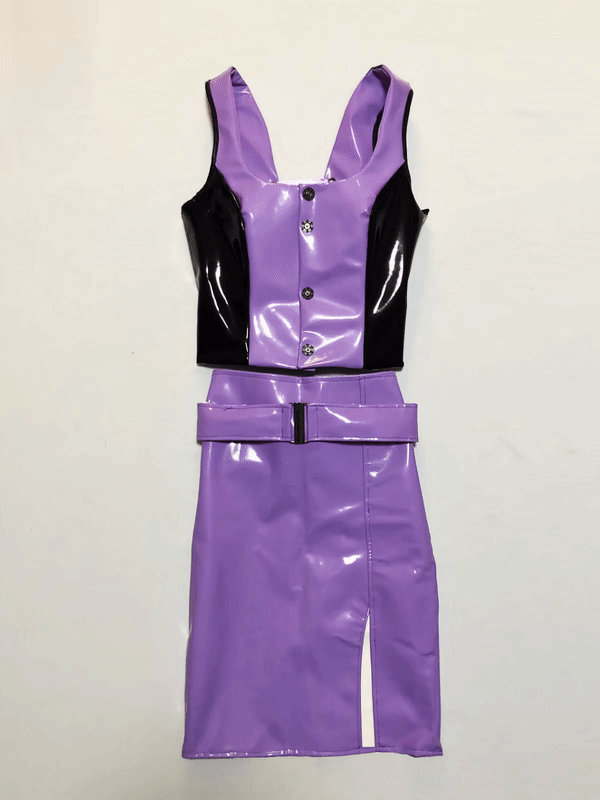
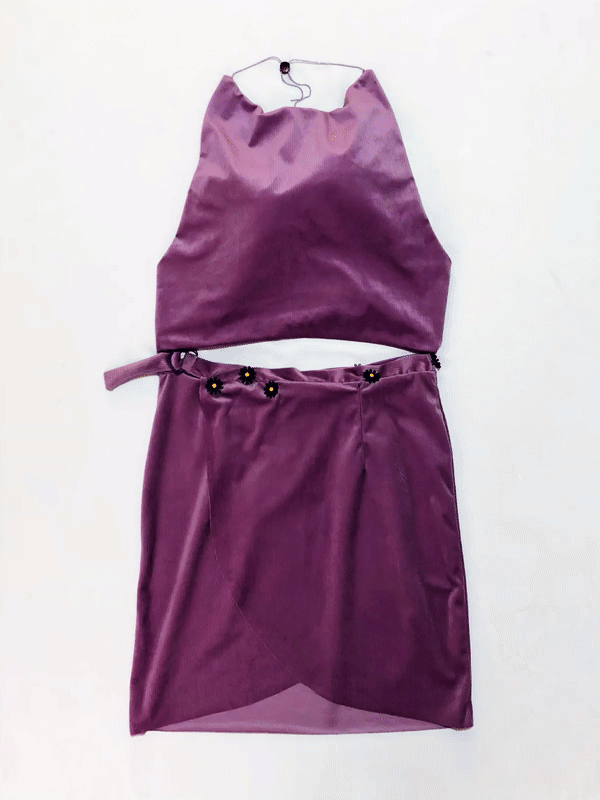
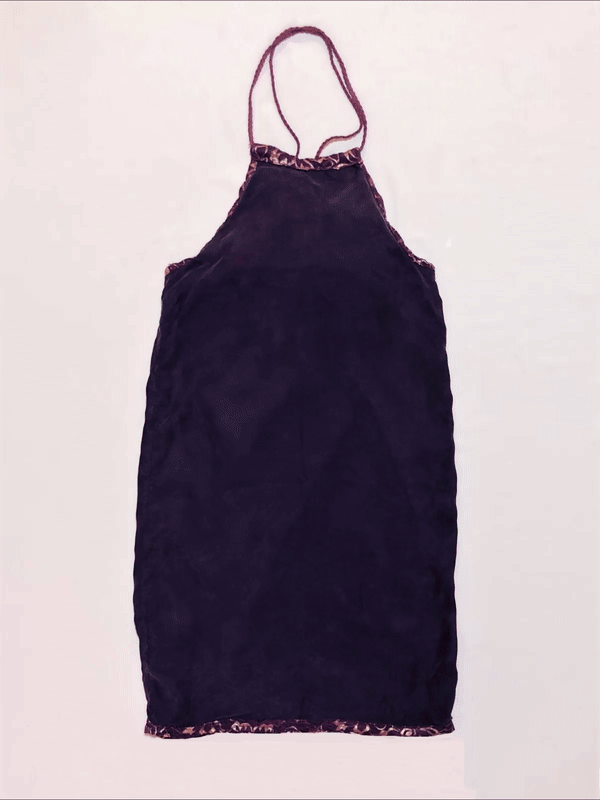



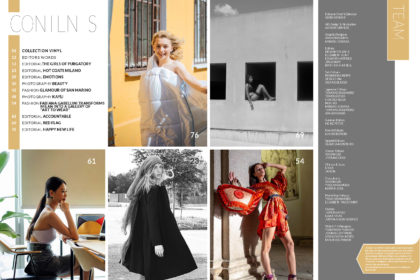


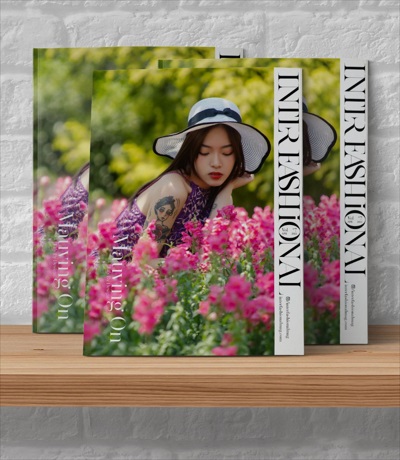

[…] up basic information and advises to help you design and create your own! Following the article on two-sides reversible, in this article I’ll go over one of the most versatile technique of flexible fashion […]